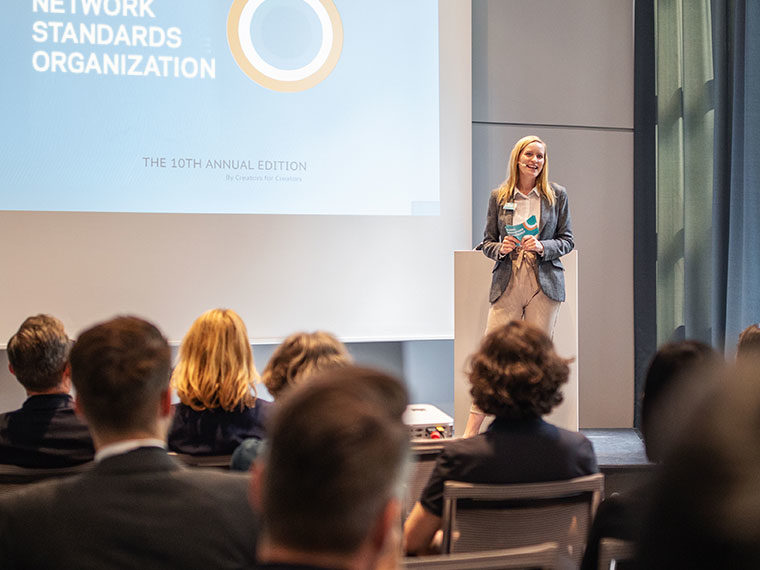Households with kids ages 6 to 12 feel the interruption most
COVID-19 hit women especially hard: They endured a 3.6 percentage point decline in labor force participation in the spring of 2020 versus 2.9 percentage points for men, a reversal of the typical recent recession that has hit men’s employment harder.
While the pandemic’s impact triggered plenty of well-placed concerns about the long-term implications for financial security and career fulfillment, a working paper by the Federal Reserve Board’s Brendan M. Price and UCLA Anderson’s Melanie Wasserman notes the fact that there are school closures every year: We call it summer.
Opt In to the Review Monthly Email Update.
As the graphic below shows, in pre-pandemic times labor force participation of women in the summer months — the gray shaded areas — tends to drop, while men’s doesn’t. (Men, overrepresented in construction work, experience a slight increase of work in summer and a winter decline, which is unrelated to child care.)
The Summer Break in Women’s Employment
Price and Wasserman studied nationally representative labor force data from the U.S. for the 30 years through 2019 to examine the relationship between school closures and women’s employment status. When schools are on summer break, they calculate that, among women of prime working age (ages 25-54):
- Their share of employment as a percentage of total population drops by an average of 1.1 percentage points. As a point of reference, that is about one-third of the 3.7 percentage point drop in employment as a percentage of total population women experienced in the Great Recession, yet it is occurring every year.
- Labor force participation drops 0.5 percentage points.
- Total hours worked declines 11% in the summer months.
The researchers’ analysis accounted for the fact that different regions of the country have different summer breaks: May to August in some, and June to September in others. Their findings were consistent no matter the actual break months.
From Paid Work to Unpaid Caregiving
There is a general drop in workforce participation in the summer months among all women, but it is most pronounced among mothers whose youngest child is between the ages of 6 and 12. There is no similar summer decline for men, which suggests that in households with hetero couples, it is women who take on summertime caregiving.
Pre-K kids — younger than 6 years old — likely need year-round care, so summertime is not a caregiving jolt for parents. Older kids — 13 and up — can better fend for themselves during summer break. Kids in the 6-12 demographic present the biggest caregiving challenge during the summer break.
Mothers of young school-age children indicate that their summer labor force exits are due to family obligations. Time use data corroborates this story: Mothers spend nearly nine hours more per week on child care during the summer than during the regular school year.
Summer Child Care Needs and the Choice of Career
Women have long gravitated toward work in education. The authors note that in the month of May across their 30-year sample, more than 13% of women are working in educational services (teachers, administration and support), compared with less than 5% of men. That can be for a variety of reasons. To explore the role of summertime caregiving, the authors broke down their employment data by the age of the youngest child in a household.
Here too, it’s women with primary-school aged kids who are most likely to work in education, suggesting that the ability to have the same summer break with kids who need caregiving is an important consideration.
Furthering the theory that summertime caregiving flexibility is a central factor for why mothers work in education, Price and Wasserman calculate that among teachers, women are 19 percentage points less likely than men to take on summertime work.
They estimate that about a third of the drop in women’s workforce participation in the summer is attributable to women opting into the education field. But they also find similar gender differences in summertime workforce participation outside of the education sector.
Flexibility often comes at a price. The education sector does not deliver high wages and, for those working outside of education, reducing hours or taking jobs that allow time off in the summer typically translates to lower earnings and potentially slower career advancement.
“The heavy imprint of schools’ summer break on female labor force participation, employment and hours worked raises important questions about the potential need for policy solutions to alleviate the remaining barriers to women’s equal participation in the labor market,” the authors conclude.
There was a glimmer of help on that front in 2021, when as part of the American Rescue Plan, the child care tax credit was increased from $2,000 to $3,000 a year for parents with kids between the ages of 6 and 17, and the government cut monthly checks to parents, rather than have households apply for the credit when they filed their federal tax return. The Biden administration sought to extend the higher benefit and the check-writing beyond 2021, but it expired when the Build Back Better plan stalled out.
Featured Faculty
-
Melanie Wasserman
Assistant Professor of Economics
About the Research
Price, B.P., Wasserman, M. (2022). The Summer Drop in Female Employment.






